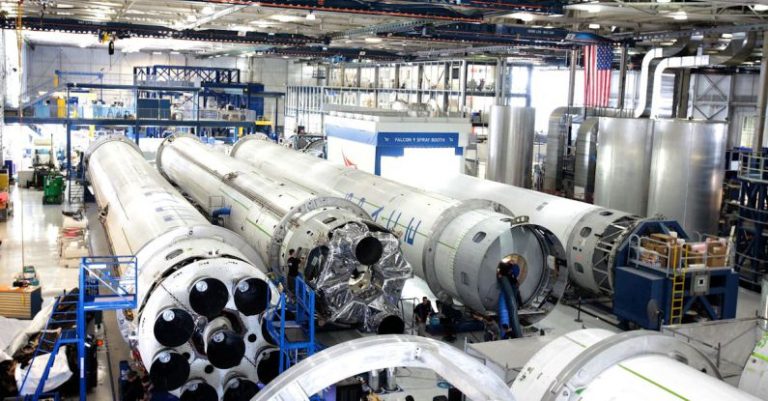Reshaping Sporting Goods with High-tech Composites
In the dynamic world of sporting goods, innovation continues to push boundaries, and one material that has been at the forefront of this evolution is high-tech composites. These advanced materials are reshaping the industry, offering a combination of strength, durability, and lightweight properties that traditional materials struggle to match. From tennis rackets to bicycles, high-tech composites are revolutionizing the way sporting goods are designed and manufactured.
Unleashing the Potential of High-Tech Composites
High-tech composites are engineered materials that are composed of two or more constituent materials with significantly different physical or chemical properties. By combining these materials, manufacturers can create a final product that possesses unique characteristics not found in any individual component. The most common types of composites used in sporting goods are carbon fiber, fiberglass, and aramid fibers.
Enhancing Performance in Sporting Equipment
One of the key advantages of high-tech composites in sporting goods is their ability to enhance performance. For example, carbon fiber is exceptionally stiff and lightweight, making it an ideal material for applications where strength and agility are crucial, such as in tennis rackets and golf clubs. By using carbon fiber composites, manufacturers can design equipment that allows athletes to generate more power and control with each swing.
Durability and Longevity
Sporting equipment is subjected to high levels of stress and impact during use, which is why durability is a critical factor in its design. High-tech composites excel in this area, as they offer exceptional strength and resilience compared to traditional materials like wood or metal. For instance, composite hockey sticks are renowned for their ability to withstand repeated impacts without compromising performance, giving players the confidence to push themselves to the limit.
Weight Reduction for Improved Handling
Weight plays a significant role in the handling and maneuverability of sporting equipment. High-tech composites provide a solution to this challenge by offering superior strength-to-weight ratios, allowing manufacturers to reduce the overall weight of their products without sacrificing performance. This weight reduction is particularly beneficial in sports like cycling, where lighter bicycles result in improved speed and efficiency for riders.
Customization and Design Flexibility
Another advantage of high-tech composites is their versatility in design. Manufacturers can tailor the properties of the composite materials to meet specific performance requirements, resulting in equipment that is finely tuned to the needs of athletes. This flexibility in design allows for innovations such as aerodynamic shapes in racing bicycles or vibration-dampening properties in tennis rackets, giving athletes a competitive edge on the field or court.
Environmental Sustainability
In addition to their performance benefits, high-tech composites also offer environmental advantages. These materials are often recyclable and produce less waste during the manufacturing process compared to traditional materials. By incorporating composites into sporting goods, manufacturers can reduce their environmental footprint and contribute to a more sustainable industry.
Embracing the Future of Sporting Goods
As technology continues to advance, high-tech composites will play an increasingly significant role in reshaping the landscape of sporting goods. From improving performance and durability to enabling innovative designs and reducing environmental impact, these materials offer a multitude of benefits that make them the material of choice for the athletes of tomorrow. By embracing the potential of high-tech composites, manufacturers can continue to push boundaries and redefine what is possible in the world of sports equipment.






